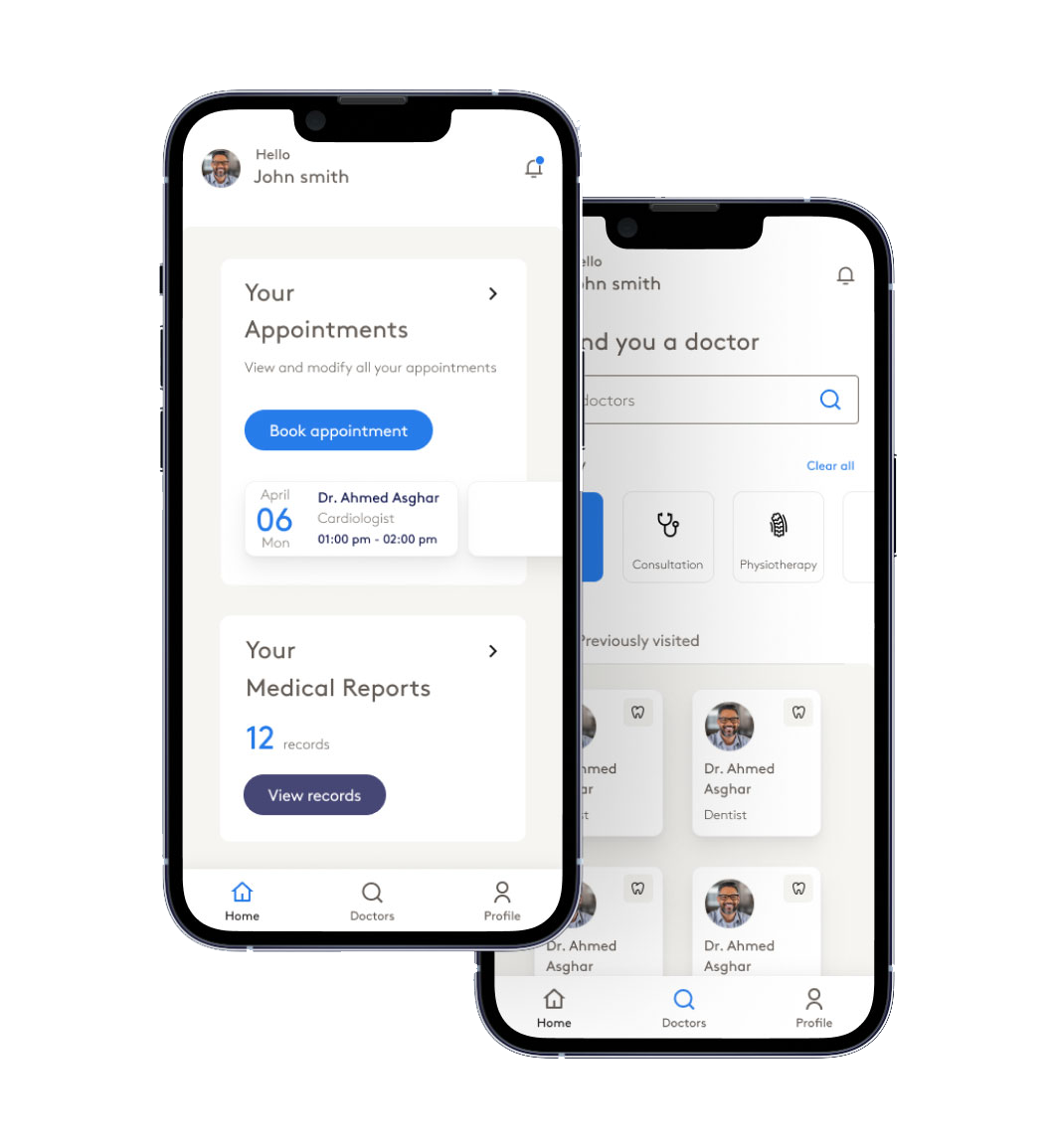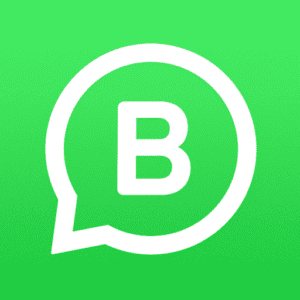Cloudpital # 1 is one of the top Mobile EHR has transformed the way healthcare providers access, manage, and utilize patient information. Unlike traditional EHR systems tethered to desktop computers, mobile EHR platforms empower healthcare professionals with real-time, on-the-go access to critical patient data, significantly enhancing efficiency, collaboration, and patient outcomes.
Click to Start Whatsapp Chatbot with Sales
Mobile: +966547315697
Email: sales@bilytica.com
Cloudpital # 1 Mobile EHR

Real-Time Data Access
Mobile EHR systems are focused on giving healthcare providers immediate access to the details of the patient’s history so that they will not lack behind in any facts. They can be accessed either in the hospital or clinic or in home visits. Real-time access better clarifies decision-making, thereby improving patient care.
Key Components
Medical Histories: Providers can view detailed patient histories, including past diagnoses, treatments, and allergies.
Lab Results: Quick access to a lab result allows doctors to diagnose and write plans of treatment with no delay.
Medication History: Patient current and past prescriptions provide easy-screening for noselubrication, as well as toxic drug interactions.
User Experience
Mobile EHRs are developed with use in mind, using an intuitive design input specific for a touchscreen application. Thus, healthcare professionals can easily and rapidly make their way through the system in the best of times and worst of times.
Key Features
Simplified Navigation: Intuitive menus and dashboards make it easy for providers to locate information without hassle.
Customizable Views: Providers can design their dashboards to ensure the most common data or information about the patients is presented.
Touchscreen Optimization: Mobile EHR systems are specifically designed on smartphones and tablets, allowing for easily readable text and large buttons.
Safe Management of Data
Mobile EHR systems are very sensitive to data security since they possess sensitive patient information. Strong security serves the purpose of keeping regulations like HIPAA intact along with preventing unauthorized access.
Main Features
Encryption: Data in the mobile EHR systems is encrypted as transmitted and stored, hence, there cannot be any breach.
Multi-Factor Authentication: Access would require multiple layers of authentication in terms of passwords, biometrics or OTPs.
Automatic Log-out: Systems log users out automatically after periods of inactivity so that unauthorized access is blocked.
Offline Capability with Synchronization
If a mobile EHR system is used under less reliable internet connectivity, it usually offers offline capabilities for accessing and synchronizing the data for the providers to continue working without interruption.
Key Features
Local Storage of Patients: Data of patients can be held temporarily on the device and can be updated later.
Seamless Syncing: Once re-established, any data input offline is also automatically syncd with the central system.
Minimized Dependence on Connectivity: The patient’s care is uninterrupted, even in rural or less privileged regions.
Integrated Communication Tools
Mobile EHR systems further enable healthcare teams to collaborate due to integrated communication tools. For instance, providers can comment and share information, discuss a case or update each other in real time.
Key Features
Messaging and Chat: Secure message platforms aid in effective communication between the team members.
File Sharing: Providers can share lab results, imaging reports, or other documents directly through the system .
Telehealth Support: Video conferencing capabilities allow remote consultations with patients or specialists.
Clinical Decision Support (CDS)
Mobile EHR systems include decision-support tools that help providers provide evidence-based care. These functionalities use algorithms, alerts, and guidelines to improve diagnostic and treatment choices .
Some key features of Mobile EHR
Alerts and Reminders: Messages for abnormal lab results, medication interactions, or overdue screenings.
Prescription Access: The system allows direct access to clinical protocols and treatment guidelines for providers.
Predictive Analytics: A few systems provide patient risk factors, ensuring proactive care
Integration with Wearables and IoT Healthcare Tools
Mobile EHR typically integrates wearable devices and other IoT healthcare tools. The presence of these integrations offers a holistic understanding of a patient’s health; it integrates real-time data from external devices.
Core Features
Remote Monitoring: Wearables monitor vital signs such as heart rate, blood pressure, and glucose levels while feeding that data into the EHR.
Data Visualization: Charts and graphs summarize wearable data for easy interpretation.
Proactive Alerts: Alerts for abnormal readings enable providers to intervene before issues become large-scale.

E-Prescription
Mobile-based EHR systems simplify prescription generation, sending prescriptions directly from the provider’s point of care. This reduces errors, streamlines workflows, and improves patient convenience.
Key Features
Pharmacy Integration: Prescriptions are sent directly to a patient’s preferred pharmacy.
Drug Interaction Checks: Systems alert providers to possible interactions between prescribed medications.
Renewal Management: Providers can renew prescriptions promptly, ensuring that there is continuity of care.
Voice Recognition and Dictation
Documentation is a significant part of a healthcare provider’s daily workload. Dental Software systems commonly include voice recognition tools which enable providers to dictate their notes, saving time and reducing manual entry of data.
Key Features
Speech-to-Text: The provider can dictate patient notes, and the system automatically transcribes the notes.
Command Recognition: Users can navigate the system or find specific information by using voice commands.
Error Decrease: There is less chance of transcription error when using dictation compared to manual input.
Appointments and Scheduling Management
Mobile EHRs make it easy to schedule appointments for both providers and patients. Automated tools reduce administrative burdens and help optimize resource allocation.
Patient Reminders: Automated SMS or email reminders help minimize no-show rates.
Integrated Calendar: Providers can view and manage their appointments all within the app.
Resource Allocation: Systems identify gaps in schedules to ensure that there is effective time and resource use.
Patient Portal Access
Many mobile EHR systems include a patient portal, giving users direct access to their own health information, to communicate with providers, and to manage appointments.
Key Features
Record Viewing: Test results, immunization records, and medication lists can be accessed.
Secure Messaging: Providers facilitate better engagement and trust by direct messaging.
Self-Service Tools: Portals enable patients to request prescription refills, pay bills, and schedule appointments.
Analytics and Reporting Tools
Mobile EHR systems usually contain analytics tools for providers to check the outcomes of the patients, recognize trends, and enhance quality of care.
Main Features
Population Health Management: Systems analyze data across patient populations in order to identify trends and high-risk groups.
Outcome Tracking: Providers can track the effectiveness of treatment over time.
Custom Reports: Systems can generate reports tailored to specific needs, such as compliance tracking or quality metrics.
Customization and Scalability
Mobile EHR systems are highly customizable, allowing healthcare organizations to fit the platform to their unique needs. In addition, the systems are scalable, which means they can be used as a practice grows or a hospital expands.
Key Features
Custom Modules: Add-ons and features can be added according to the organizational needs.
Scalable Infrastructure: The systems can support increased user loads and data sizes as the practices grow.
Workflows: Providers can make their workflows compliant with any specific specialty or care model by modifying them.
Compliances and Regulatory Features
Mobile EHR is designed with all the industry standards and regulatory compliances so that patient data is handled and stored responsibly.
HIPAA Compliance: Patient data will be stored and accessed securely.
Audit Trails: The user activity is tracked to create a record of all the interactions with patient data.
Regulatory Updates: System updates are done periodically to comply with the changes that occur in healthcare laws and standards.
Multi-Device Compatibility
The modern Hospital Software systems can work on all kinds of devices, such as on the phone, tablets, or laptops. That makes sure the provider can use whatever is most convenient for him.
Cross-Platform Syncing: Data is in sync across all devices in real-time.
Device Independence: Providers can switch from one device to another without losing access to data and functionality.
Optimized Layouts: Systems adjust interfaces to fit the screen size of the device in use.
Conclusion
The salient features of such a mobile EHR system collectively address the critical needs of both the providers and the patients, thereby offering more efficient workflows, better communication, and improved quality of care. From accessing real-time data to integrating with wearable devices, these systems are transforming how healthcare is provided. As the healthcare industry progresses, so too will mobile EHR solutions, forming a key part of the healthcare provider’s toolbox to ensure patient-centered care delivery in a world that is increasingly digital.
Click to Start Whatsapp Chatbot with Sales
Mobile: +966547315697
Email: sales@bilytica.com
You can explore our other blogs
Dental Software, EMR Systems, Mobile EHR
What are the key features of a Mobile EHR? similar software solutions prices were updated on 2025-07-06T00:38:42+00:00 in Saudi Arabia in Mecca, Medina, Riyadh, Khamis Mushait, Yanbu, Jeddah, Dammam, Unaizah, Uqair, Ha’il, Ta if, Al Bahah, Dhahran, King Abdullah Economic City, Najran, Diriyah, Qatif, Khafji, Jubail, Abqaiq, List of Cities and Towns in Saudi Arabia, Ras Tanura, Turubah, Jazan Economic City, Knowledge Economic City, Medina, Khobar, Abha, Tabuk, Saudi Arabia, similar software solutions prices were updated on 2025-07-06T00:38:42+00:00 We also provide in Saudi Arabia services solutions company in Hafar Al-Batin, Udhailiyah, Al-Awamiyah, Hofuf, Hautat Sudair, Buraidah, Tayma, Duba, ‘uyayna, Saihat, Al-Kharj, Al-ula, Jizan, Rumailah, Ar Rass, Arar, Shaybah, Al Majma’ah, Rabigh, Dhurma, Haradh, List of Saudi Cities by Gdp Per Capita, Badr, Sudair Industrial City, Baljurashi, Shaqraa, Al-Khutt, Habala, Ad Dawadimi, Dawadmi, Layla, similar software solutions prices were updated on 2025-07-06T00:38:42+00:00 Price is SAR 100 and this was updated on updated on 2025-07-06T00:38:42+00:00 similar What are the key features of a Mobile EHR? software solutions prices were updated on 2025-07-06T00:38:42+00:00 in Saudi Arabia in Haql, Afif, Al-Abwa, Farasan, Al-Jaroudiya, Thadig, Al-Thuqbah, Al Wajh, Almardmah, Al-Zilfi, Muzahmiyya, Prince Abdul Aziz Bin Mousaed Economic City, Tharmada’a, Skaka, Um Al-Sahek, Sharurah, Tanomah, Bisha, Dahaban, Al Qunfudhah, Qurayyat, Saudi Arabia, Ha’ir, as Sulayyil, Al Lith, Turaif, Al-Gway’iyyah, Samtah, Wadi Ad-Dawasir, Az Zaimah, Safwa City, Jalajil, Harmah, Mastoorah, Hotat Bani Tamim, Jabal Umm Al Ru’us, Rafha, Qaisumah, Al-Ghat, Hajrah, Al-Hareeq. Excerpt: Jeddah (also spelled Jiddah, Jidda, or Jedda; Arabic: Jidda) is a Saudi Arabian city located on the coast of the Red Sea and is the major urban center of western Saudi Arabia similar software solutions prices were updated on 2025-07-06T00:38:42+00:00 Price is SAR 100 and this was updated on updated on 2025-07-06T00:38:42+00:00
11-22-2024



